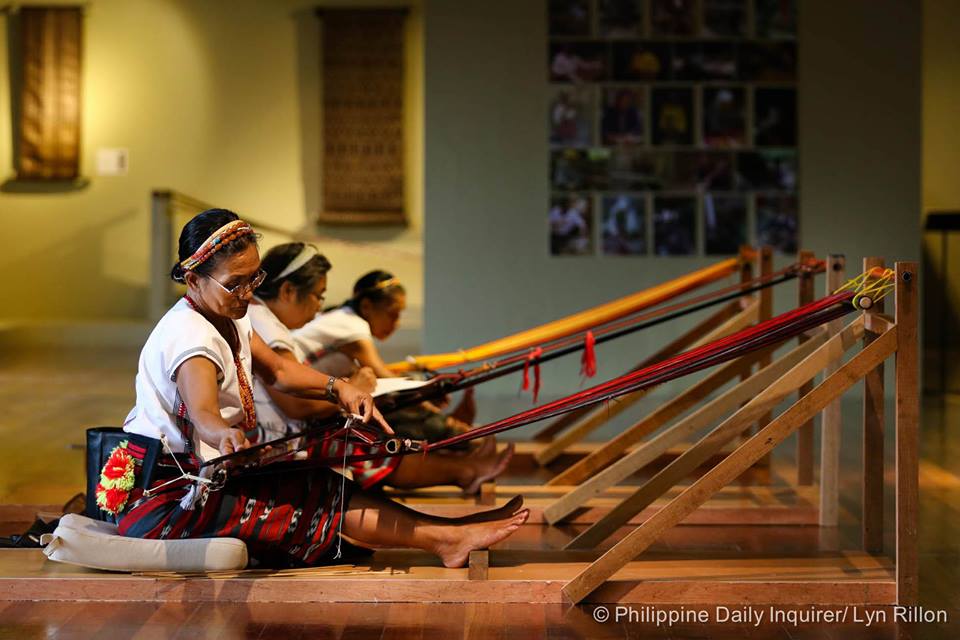

Involving all stakeholders in the conservation of the Rice Terraces cultural landscape required the strengthening of existing networks, where the traditional knowledge behind the construction and maintenance of the terraces, carried by the Ifugao people played a pivotal role for their recovery and sustainable conservation. As a community organization where 99% of its members are Ifugaos themselves and based on the Philippine Rural Reconstruction Movement (PRRM), a national NGO working on community development projects, SITMo had strong foundations for the development of alliances. It developed partnerships with the national authority and the local governments in order to involve local communities in the process of recovering the terraces and develop sustainable strategies for their long-term conservation. SITMo focused on organizing farmers in the different World Heritage clusters to discuss issues confronting the terraces in focus groups with the communities. All along, archaeological and ethnographic research has been conducted continuously by SITMo in cooperation with academic institutions namely UCLA, the University of the Philippines, and Ifugao State University.
- SITMo founded in 1999 as a grass-roots initiative to protect the terraces and recover the traditional knowledge and heritage of the Ifugao Indigenous People.
- The inclusion of the Rice Terraces of the Philippines Cordillera in the World Heritage List in Danger by a request of the government of the Philippines in 2001, allowed for the mobilization of international cooperation to support the conservation efforts of the terraces.
- Recognized need of involving local communities in the terraces’ conservation.
- Importance of the establishment of long-term objectives based on a long-term strategy which was decided to be focused on education.
- Need of partnering with the Ministry of Education and other political actors.